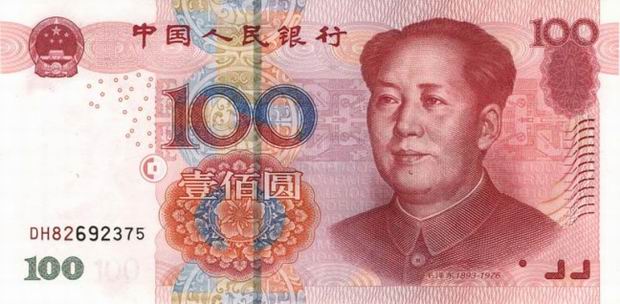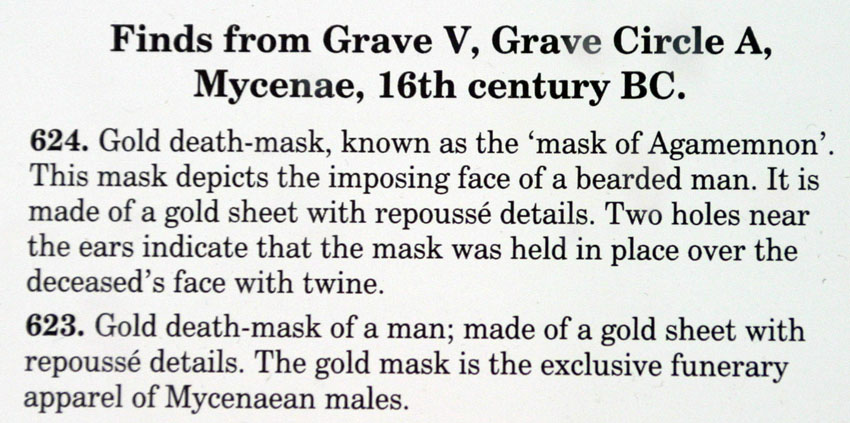Trade Wars
| Trade and GDP Growth after WWII | |
| 1945 - 1982 | US became more open since 1980. Since 1945 and before 1982, the US experienced 7 recessions in 35 years, about once every five years. |
| 1982 - | Since 1982, the US had three recessions, about once a decade. US economy was much more volatile before 1982, but has since been growing at a much more stable rate. But the growth rate has declined probably due to trade deficits. |

Unemployment
In 1982 US unemployment peaked at about 11%, and has since declined especially after NAFTA (1994).

| 2. The Fourth Crusade (1202-1204) was a Trade War | |
| The first three crusades | Kingdom of Heaven (2005) is a fictionalized account of the Battle of Hattin and the siege of Jerusalem in 1187 before the third crusade. Hattin was located between Sephoris and Tiberias. (i) First crusade (1095-1099): Out of about 100,000 individuals, 12,000 crusaders reached and captured Jerusalem. Knights Hospitaller had been founded in 1070 to aid injured pilgrims. After the crusade, it was turned into a military order. Subsequently,
Knights Templar was created in 1119 (Subsequently, many Knights were arrested on Oct 13 (Friday), 1307, and dissolved by Pope Clement V in 1312). Second crusade (1145-1149): It was necessary to recapture Edessa to keep Muslims away from Jerusalem. The French and German armies were defeated separately by Nur ad-Din (sunni) in 1146. Afterwards, Nur ad-Din took Antioch (1149), Damascus (1154), and Egypt (1168). After the death of his uncle Shirkuh, Saladin (a sunni Muslim) became the visier of Egypt, but abolished Fatimid Caliphate and changed Egypt's allegiance to the Sunnis. After defeating the Zangid army at the Battle of Hama (1075), Saladin became the Sultan (political head) of Egypt and Syria. He abolished the Fatimid Caliphate in 1171, and changed his alliance to sunnis.
Knights Hospitaller was officially recognized as a religious order to take care of the pilgrims by Pope Paschal II in 1113 AD. Subsequently, it was turned into a military order in 1120.
Knights Templar was founded as a military order in 1119, and was soon recognized by the pape. Knights Templar was stationed at the Solomon's temple (now El Aksa mosque), consisting of poor knights. The poor knights were popular in Europe, and the Templar soon became the favorite charity organization in Europe. It became the the world's first multinational banker. (iii) In 1187 the battle of Hattin took place near Tiberias. Raynald of Chatillon, together with all 200 of the Templar and Hospitaller Knights (except Guy of Lusignan) were executed on Saladin's orders. Saladin recaptured Jerusalem from the Christians. (see Kingdom of Heaven) He rebuilt the minbar (pulpit) of Al Aqsa mosque. The third crusade (1189-1192) resulted in a truce between King Richard (the Lionheart) and Saladin, but Saladin died of typhus shortly thereafter, in 1193. |
The 4th Crusade
|
During the Middle Ages, and thereafter, trade wars became more vicious. In the 13th century, there were two international trade centers in the West, Venice and Constantinople. (Italy then was not a nation state yet but was dominated by a few city states such as Venice, Rome, Milan and Florence). Unlike the Romans, Christian kingdoms could not hold on to Jerusalem they conquered. From the previous two campaigns Crusaders realized that to conquer Jerusalem and establish a kingdom there it is necessary to conquer Cairo first. Six French envoys (knights) came to Venice and begged the doge to supply them with war galleys and transports. After some negotiations, Venetians (The Great Council of Forty) agreed to build ships to move 4,500 knights and their horses, and 9,000 squires. They would supply provisions for 1 year. The total cost would be 85,000 silver marks. Venetians would also provide 50 armed galleys of their own and receive half of the loots. In October 1202, 12,000 troops gathered in Venice (1/3 of the expected 35,000), but they could pay only 51,000 silver marks, not the full amount of 85,000 silver marks which they had agreed to pay for the voyage to Cairo. (The intent was to conquer the Moslem-controlled city of Jerusalem. Venetians constructed 50 war galleys and 200 ships for transportation.) While they stationed in Zara during the winter to wipe out local pirates, Alexius Angelos, a young Byzantine prince, offered 200,000 silver marks plus 10,000 Byzantine soldiers to divert the crusade to Constantinople and restore his father to the throne. (Pope Innocent III, John Moore) Enrico Dandolo, the founder of Venetian colonial empire, supported Alexius IV, and diverted the fourth crusaders to Zara to wipe out the pirates, and then to Constantinople, a rival trading center. Constantinople fell on April 12, 1204, and the fourth crusade ended then and there. Most of the crusaders returned home with the loots. The total amount of loots was estimated to be about 900,000 silver marks. Venice got the first pick, and Venetians brought the booties from Constantinople to Venice, which were used to embellish Basilica di San Marco. See Virtual History of Venice. Venetians: 200,000 silver marks, Crusader knights kept 500,000 marks. |
Bronze horses looted from Constantinople, now in the Basilica. |
|
   |
|
| What happened to Knights Templar? | Jacques de Molay, the grand master of the Knights Templar, was executed in March 1314. Instead of paying huge debts to the Knights, Philip IV sent troops to arrest and execute the Knights. Rumor has it that he cursed both Philip IV and pope Clement V. Within a year of his execution, both of them died, and in 14 years, Philip's 3 sons and his only grandson also died. The Carpetian dynasty perished with them.
|
| Today | Only in recent years (post-World War II era) traders have become much more civilized. Modern trade wars are waged when governments erect tariffs and nontariff barriers (e.g., import quotas and voluntary export restraints). Aggrieved nations often file a complaint with a dispute settlement body of the WTO, against the importing countries that raise trade barriers. Representatives of the trading countries argue in a civilized manner and submit evidence to the WTO. |
| How Much China Loses from the Low Yuan Policy | |
| Is CM a trade policy? | Currency manipulation is not yet treated as a protective instrument by WTO . |
| US trade deficit: $366 billion with China, and $566 billion trade deficit overall in 2017. | In October 2011, the Senate passed the controversial currency bill, designed to punish the so-called "currency manipulators." Low yuan policy of China has been viewed as an attempt "to take unfair advantage" over its trading partners. Suppose US-China bilateral trade is balanced at 3 yuan per dollar, and that China pegs the exchange rate at 6 yuan per dollar in order to maintain a trade surplus. Since yuan is undervalued, China's trade surplus rises to $3 trillion during the past 5 years. Suppose China continues this policy for another 5 years, and its trade surplus rises to $6 trillion during the next 5 years. |
| When is the best time for China to use surplus dollars? | (i) Never? This amounts to burning USD notes. |
Why China would lose? |
 At some point, China has to stop accumulating USD at high prices. When it does, RMB appreciates (and $ falls) to its equilibrium value (3 yuan per dollar). |
China's International reserve asset
|
 Suppose China continues the currency policy and buys its international reserve asset ($6 trillion). China may purchase real estates, land or financial assets in America, but the total value of China's assets in America would be $6 trillion. |
| Cost | China buys high (and sells low). China's cost of FX reserve = $6 trillion × 6 yuan/$ = 36 trillion yuan. |
| Value of China's assets in America | When China stops accumulating USD, the dollar depreciates and the yuan appreciates to 3 yuan/dollar. The total value of China's dollar assets is $6 trillion (Interest rate is close to zero in the US), but its yuan value now drops to $6 trillion × 3 yuan/$ = 18 trillion yuan. |
| China's profit from Investment in America | profit = Revenue (18 trillion yuan) - Cost (36 trillion yuan) = - 18 trillion yuan (or US profited $6 trillion). |
Any more delay in using these surplus dollars will increase China's loss, as RMB can only rise further. Investment is profitable only when the investors buy low and sell high. China does just the opposite. Also, China's public and private debt is $34 trillion (260% of GDP). |
|
| China's strategy | Use the trade surplus to invest or lend money to African countries. When they default, their ports then will be in the hands of China. China invests in construction projects in Asia and Africa, but bring Chinese workers, instead of hiring local workers. There is little local employment effect. China invests/buys a shoe factory in Florence, bring Chinese workers instead of hiring local Italian workers. There is no local employment effect. |
























